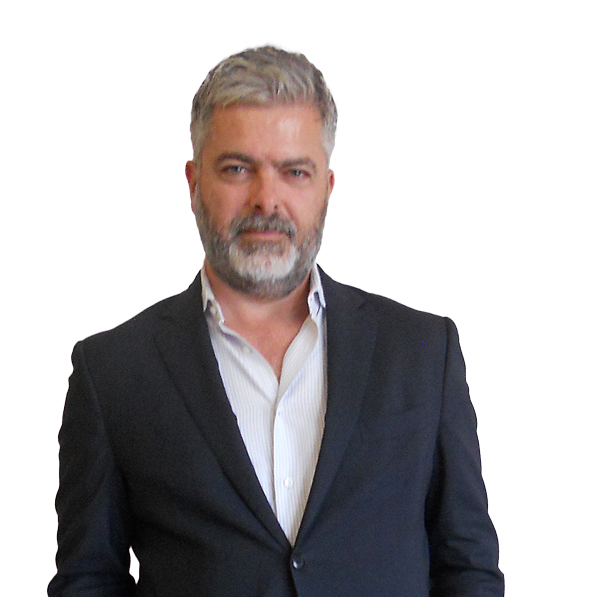Gerard O’Brien founded The Landing a year ago and is the owner of Reform Gallery in Los Angeles, a store that quickly became a leading source for furnishings, crafts and accessories in the California Modern style.
ARTILLERY: You’ve gotten a lot of admiration and good press for Reform Gallery, and you were already selling fine art there. How and why did you start the Landing?
O’Brien: My original gallery on La Cienaga had an upstairs white box gallery, and I was able to do a number of exhibitions back then. Mainly decorative arts, but I did a show for [people like] Tanya Aguiniga. In December 2007 I did Design Miami, and I had in my first booth J.B. Blunk, Claire Falkenstein and Ruth Asawa.
My interest has always been in postwar California art and design and architecture, and to me they’re all interwoven. At Reform I was showing art in a salon-style with decorative arts. Over the years I had a desire to tell stories more in depth, about artists or groups of artists. The birth of the Landing was just that, I had a little landing in a previous shop.
When did you finally decide you needed a separate space for the art gallery? We know space is at a premium now in LA, how did you find this one on Jefferson Boulevard?
For two years, I was doing shows, and I was getting phenomenal press coverage, but the Landing wasn’t really registering. The space next to my warehouse became available, and I jumped on it. There’s ample room, we have about 3000 square feet, with 2000 square feet for exhibition. It’s in an area known as Jefferson Park, next to the Metro, and we’re lucky to have L.A. Louver [their warehouse and second exhibition space] as a neighbor. We’re near the heart of Culver City, not too far from La Brea.
Artist J.B. Blunk was your first show in your new space.
Blunk had a big part to play in my committing to being a full-fledged art dealer. I was lucky enough to work with the Blunk estate back in 2006. I knew I wasn’t able to contextualize him as an artist just under the auspices of Reform Gallery. I needed another way to show him as an artist, and I kept finding myself drawn to certain material, work by people who crossed the boundary from design to art. Somebody like Doyle Lane, the African American ceramicist I showed on Melrose. I showed a big mural that Doyle had done in 1964; that mural is now at the Huntington. Until then Doyle was thought of more as a ceramicist.
Tell me how the current show about the Rat Bastard Protective Association, came to your gallery. They were a group of artists who lived and worked together in the Fillmore area of San Francisco in the late ’50s and early ’60s, not a long time, but they include some very recognizable names— Wallace Berman, Joan Brown, Bruce Conner, Jay DeFeo and Manuel Neri. The presentation is historical and almost like a small museum show.
Sam [Parker, the gallery director] is from the Bay Area and had heard of this group. He found out that Anastasia Aukeman was doing the definitive book about the subject [Welcome to Painterland: Bruce Conner and the Rat Bastard Protective Association, published by the University of California Press, 2016]. She teaches at Parsons, and we invited her to curate a show for us. We worked with primary galleries. We are more of a project-based practice, not so much having a roster of artists and sticking to that. Here we were working with a number of big artists who have primary galleries already, and they made work available for us to show. We did borrow a few things. It was very important for us to have a Bruce Conner assemblage piece, and unfortunately, there were none available on the open market. The di Rosa collection in Northern California was willing to work with us, so we have a phenomenal example of his work.



















0 Comments